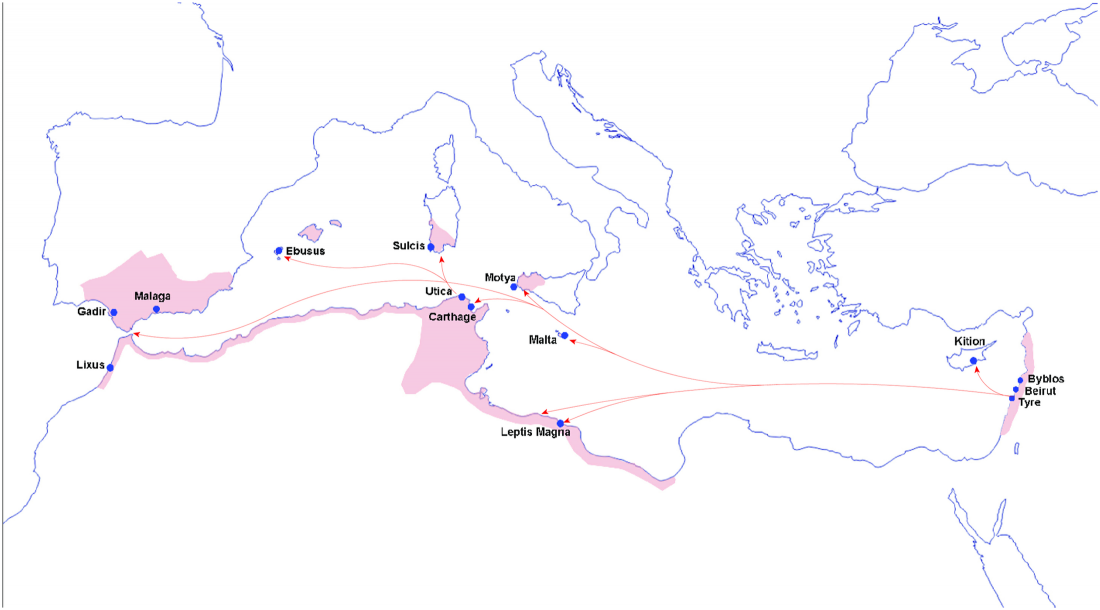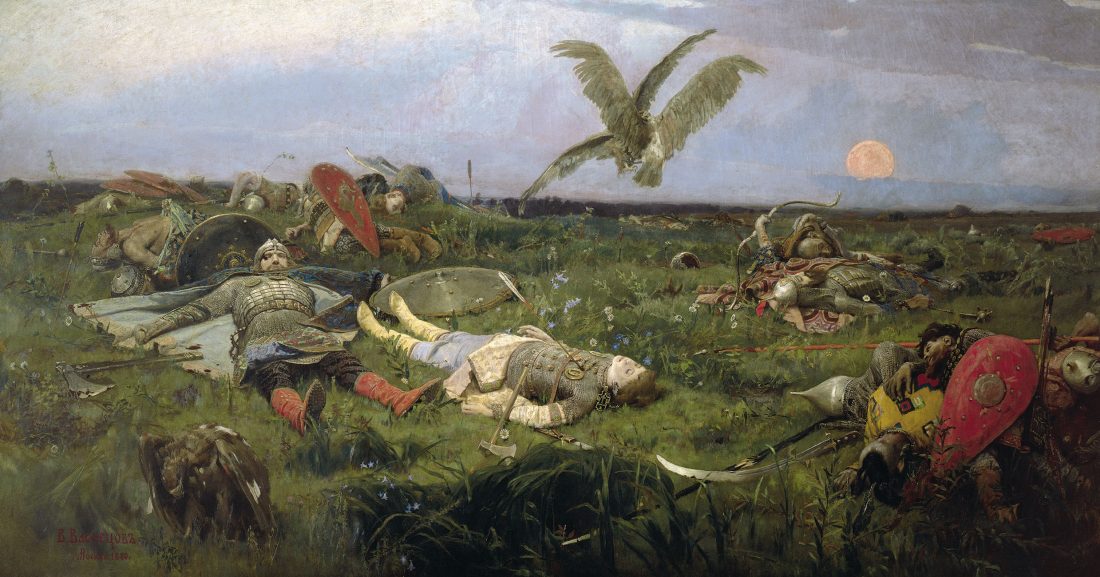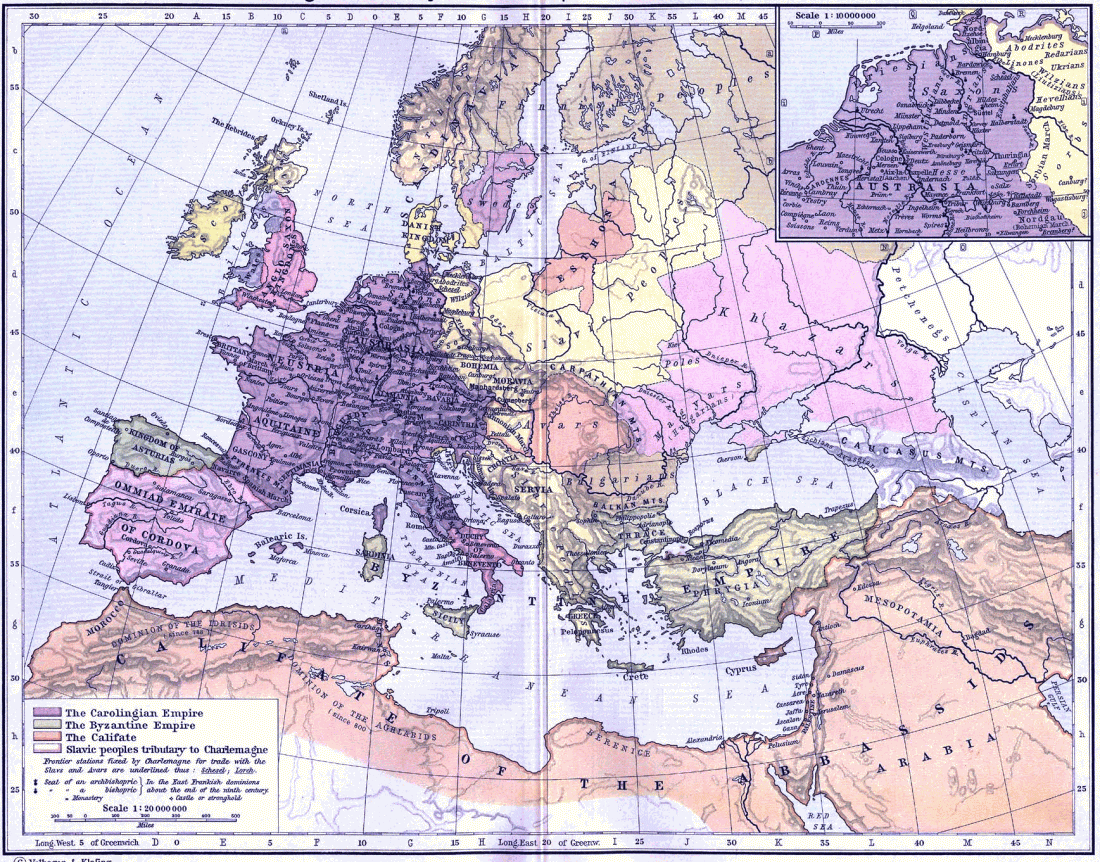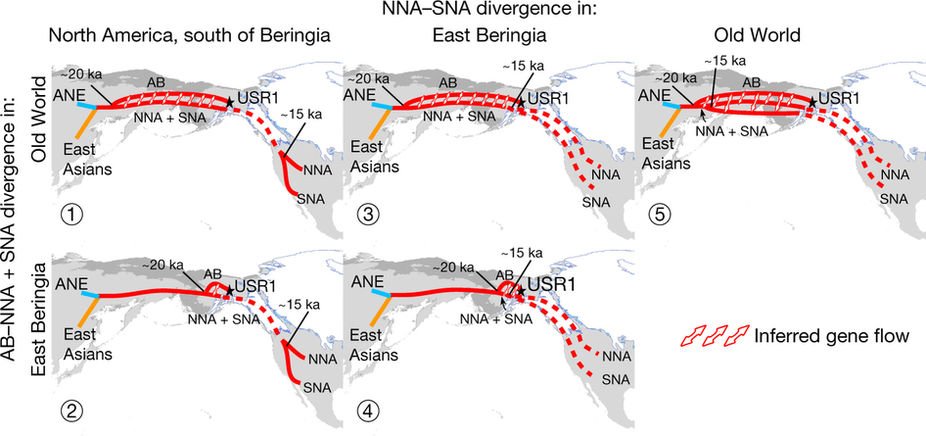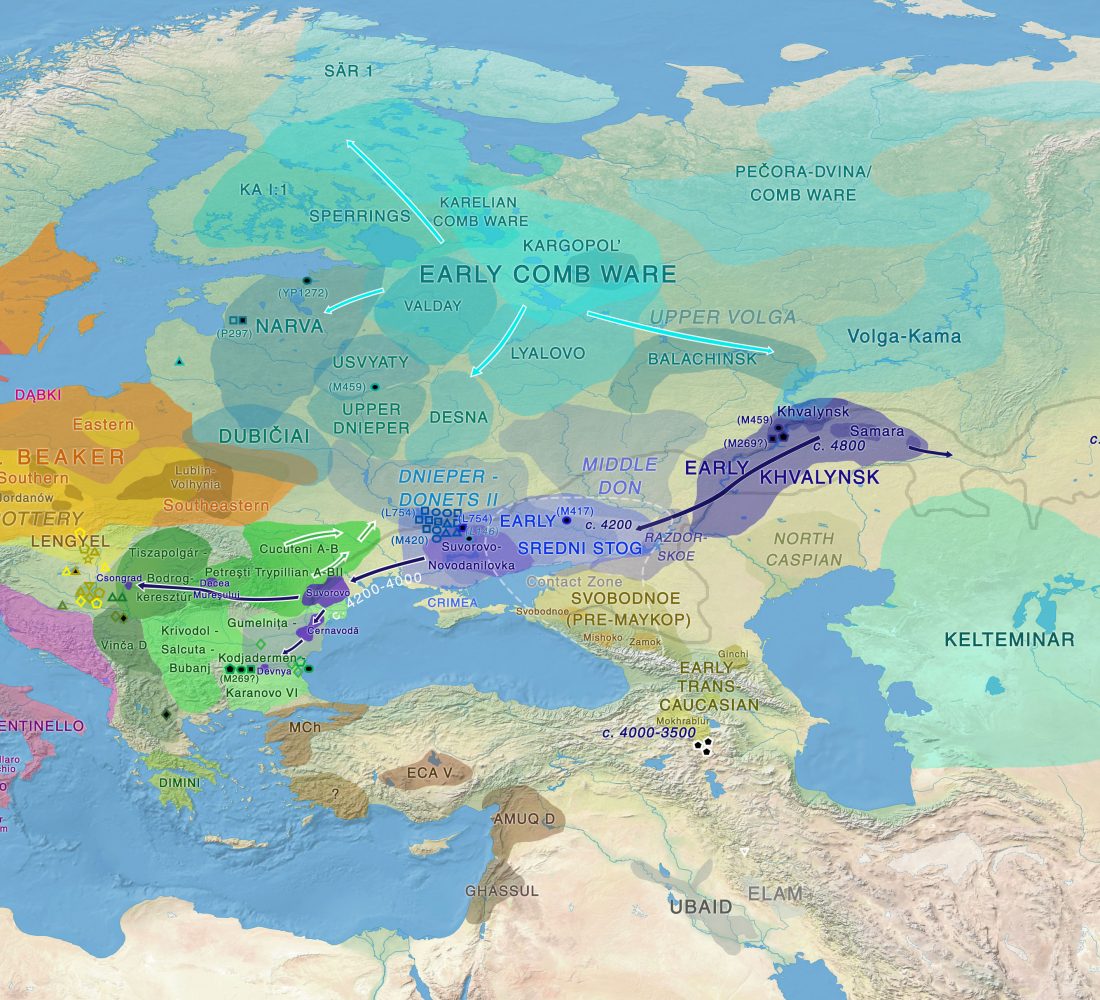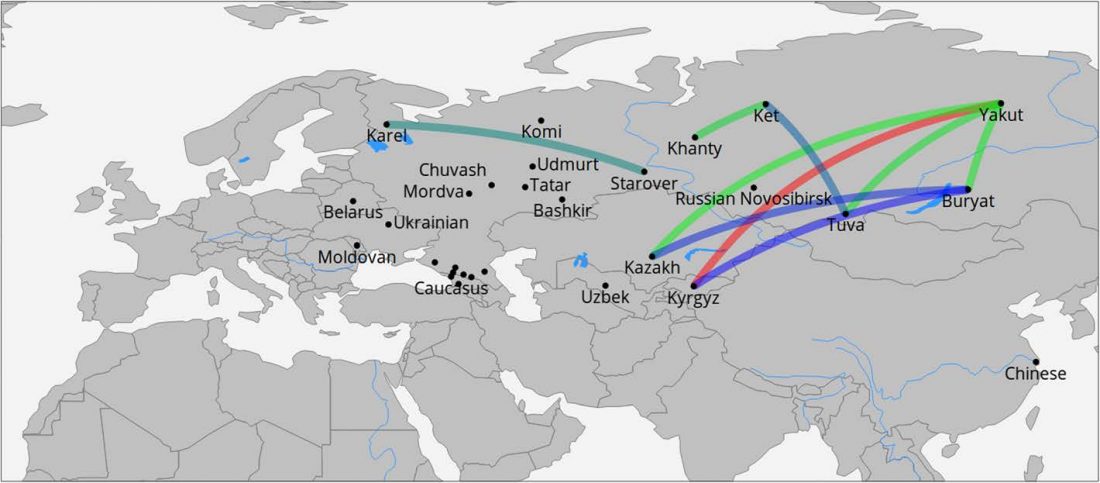New article at PLOS One, Ancient mitogenomes of Phoenicians from Sardinia and Lebanon: A story of settlement, integration, and female mobility, by Matisoo-Smith et al. (2018).
Abstract:
… Read the rest “Ancient Phoenician mtDNA from Sardinia, Lebanon reflects settlement, genetic diversity, and female mobility”The Phoenicians emerged in the Northern Levant around 1800 BCE and by the 9th century BCE had spread their culture across the Mediterranean Basin, establishing trading posts, and settlements in various European Mediterranean and North African locations. Despite their widespread influence, what is known of the Phoenicians comes from what was written about them by the Greeks and Egyptians. In this study, we investigate the extent of Phoenician integration with the Sardinian
